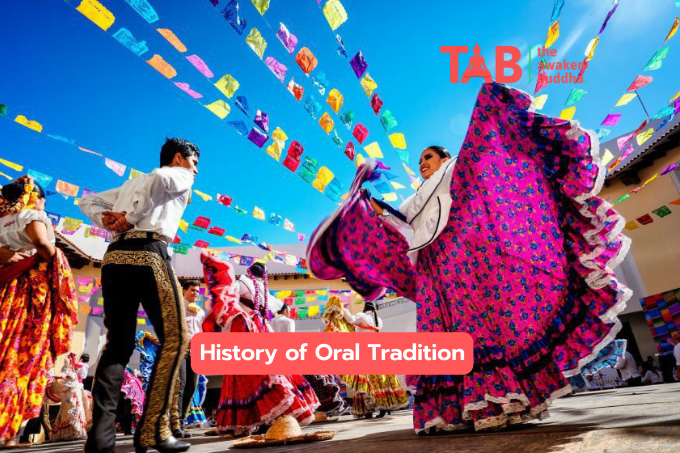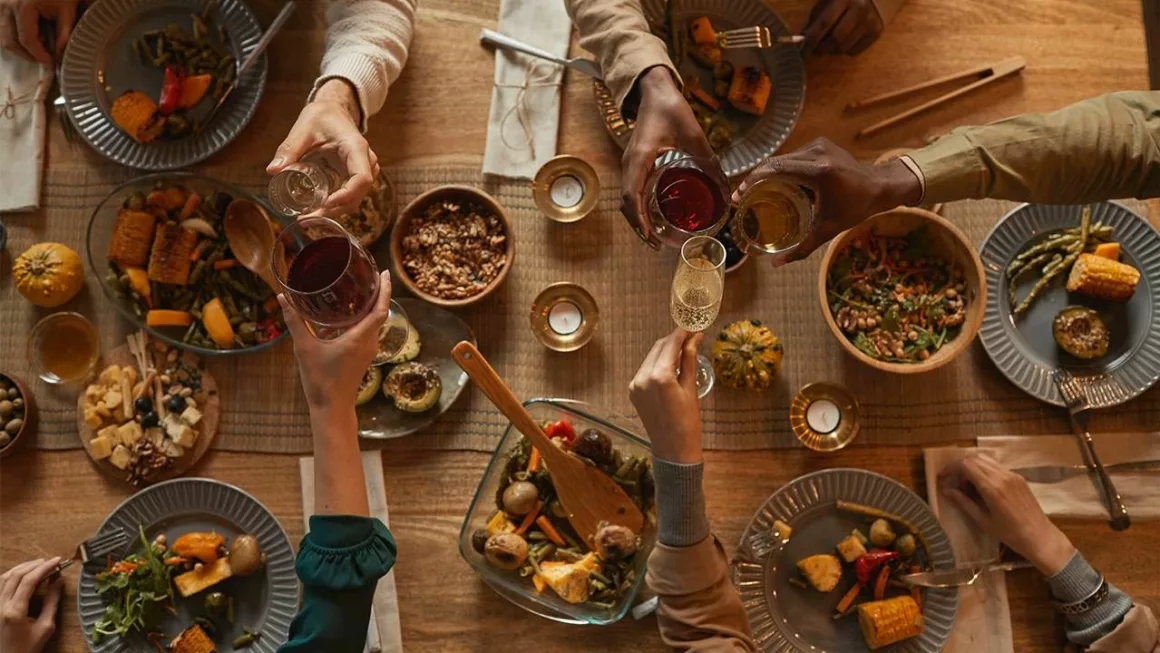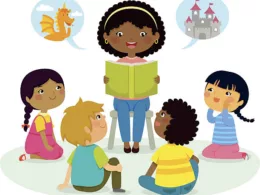Stories have been a component of human culture since the beginning of time. They have been used to share knowledge, entertain, and pass down traditions and history from one generation to another. Oral traditions and folklore have been a significant aspect of storytelling, and they continue to be an essential part of different cultures worldwide. This article will explore the power of storytelling, how it has been used in oral traditions and folklore, and why it is still relevant today.
Table of Contents
1. What is Oral Tradition?
2. History of Oral Tradition
3. Importance of Oral Tradition
4. Elements of Oral Tradition
5. Types of Folklore
6. Folktales
7. Myths
8. Legends
9. Fables
10. Proverbs
11. Significance of Folklore
12. Preservation of Oral Tradition and Folklore
13. The Role of Storytelling Today
Introduction
Storytelling has been integral to human culture since the dawn of time. Oral traditions and folklore have been used to pass down knowledge and traditions from generation to generation. We have learned about our history, culture, and ourselves through stories. Storytelling has evolved from oral traditions to written literature, but the essence remains the same – the power of a story to entertain, educate, and inspire.
1. What is Oral Tradition?
Oral tradition refers to spreading stories, traditions, and history through word of mouth. These stories are not written down but are memorized and shared orally from generation to generation. Oral tradition can include storytelling, songs, poetry, and even dance. The stories are usually told in a particular way, with specific intonation, rhythm, and repetition to aid memory retention.
2. History of Oral Tradition

Oral tradition has been used by different cultures worldwide for thousands of years. In the past, it was the only way to pass down knowledge and history from one generation to another. People would gather around a fire and listen to the storyteller as they shared stories about their culture, history, and traditions. Over time, oral traditions evolved, and new stories were created that reflected the changing world.
3. Importance of Oral Tradition
Oral tradition is essential because it preserves a community’s cultural heritage and history. It also adds a sense of identity and belonging for the people who practice it. Through oral tradition, people can learn about their ancestors, way of life, and beliefs. It also fosters community as people come together to share stories and experiences.
4. Elements of Oral Tradition
Several elements of oral tradition make it unique. These include repetition, rhythm, and intonation. Repetition helps with memory retention, while rhythm and intonation make the stories more engaging and entertaining. Another element of oral tradition is improvisation. A skilled storyteller can improvise and adapt a story to fit the audience, making it more relevant and engaging.
5. Types of Folklore
Folklore refers to a culture’s traditional stories, beliefs, customs, and practices. It includes stories such as folktales, myths, legends, fables, and proverbs.
6. Folktales
Folktales are classical stories that have been passed down through oral tradition. They usually involve animals or magical creatures and have a moral lesson at the end.
7. Myths
Myths are stories that explain the origin of the world, natural phenomena, and human behavior.
8. Legends
Legends are stories based on actual events or people, but they have been exaggerated over time. They often involve heroic figures or supernatural events.
9. Fables
Fables are short stories that have a moral lesson. They usually involve animals or inanimate objects that can talk and behave like humans.
10. Proverbs

Proverbs are short sayings that contain wisdom and advice. They are often used to teach moral values or guide how to live a good life.
11. Significance of Folklore
Folklore is significant because it reflects a culture’s beliefs, values, and customs. It helps people understand their past and their present. It also adds a sense of identity and belonging for the people who practice it. Folklore is a way of passing down knowledge and traditions from generation to generation, ensuring they are not lost over time.
12. Preservation of Oral Tradition and Folklore
Oral tradition and folklore are vulnerable to being lost over time. With the arrival of modern technology and the spread of written literature, the practice of oral tradition has declined in many cultures. Preserving these traditions by recording them and passing them down to future generations is essential. This can be done through audio and video recordings, written transcripts, and other forms of documentation.
13. The Role of Storytelling Today
Storytelling is still relevant today, even in a world dominated by technology and written literature. It can entertain, educate, and inspire people of all ages. Storytelling can teach moral values, share knowledge and history, and provide a sense of community and belonging. It is also a valuable tool for promoting cultural diversity and understanding.
Conclusion
Oral tradition and folklore have been essential to human culture for thousands of years. They have helped us understand our past, our present, and ourselves. We have learned about our history, culture, and values through storytelling. Preserving oral tradition and folklore is crucial to ensure that these traditions are not lost over time. Storytelling continues to be relevant today, and it is a powerful tool for promoting cultural diversity and understanding.
FAQs
1. What is the contrast between folklore and oral tradition?
Folklore refers to a culture’s traditional stories, beliefs, customs, and practices. In contrast, oral tradition refers to passing down stories, traditions, and history through word of mouth.
2. Why is storytelling important?
Storytelling is important because it has the power to entertain, educate, and motivate people of all ages. It can teach moral values, share knowledge and history, and provide a sense of community and belonging.
3. How can oral tradition and folklore be preserved?
Oral tradition and folklore can be preserved through audio and video recordings, written transcripts, and other forms of documentation.
4. What are some examples of folklore?
Examples of folklore include folktales, myths, legends, fables, and proverbs.
5. Why is the preservation of oral tradition and folklore important?
Preserving oral tradition and folklore is essential to ensure that these traditions are not lost over time. They reflect a culture’s beliefs, values, and customs, providing a feel of identity and belonging for the people who practice them.










